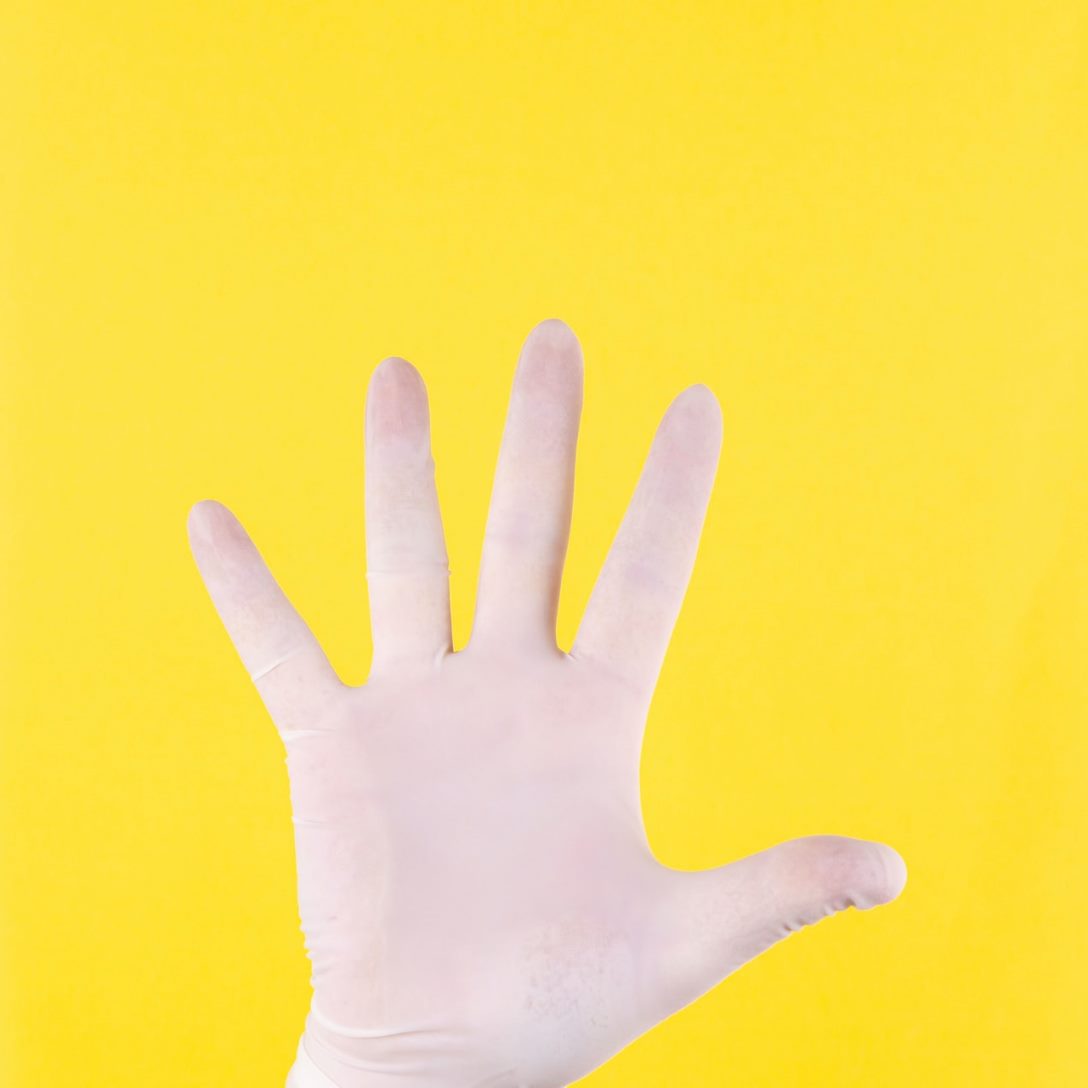For a layman, they can still handle their artwork without proper art handlers’ gloves. But for a professional artist or a fine art handling company, it is necessary to invest in proper handling tools. The reason is that most fine artworks are delicate, and hence, creating the need for special handlers. You will need specialized gloves to help you protect the objects you are handling. In the remaining sections of this post, we shall share out some of the art handling gloves to help you handle your artwork safely and professionally.
Cotton Gloves
White cotton gloves are some of the most popular handling gloves that art handlers can use in their course of business. The reason they are a preferred choice is that they don’t react negatively with artworks since cotton does not react with most art pieces. Also, they come in handy because they don’t leave fingerprints on the work you are handling. Another reason why they are a favorite choice is that their white color acts as an indicator of any dirt on the artwork you are handling, and hence, you can know when to replace them.
Powder-free Nitrile Gloves
The second type of glove that works well with art handling is nitrile gloves. These art handlers’ tools are suitable for most fine artworks since just like cotton, they don’t react with your art prices. Moreover, they don’t leave lint remains on artworks not to mention that they also don’t wick moisture when using them. If you are handling smooth artworks for shipping, they are a favorite choice.
Work Gloves
For art handlers involving large artworks, you need to invest in work gloves. These are ideal when handling outdoor pieces of sculpture or heavy antique furniture since they offer you the necessary friction for handling such pieces. The only thing you need to do is keep them clean to avoid soiling your art pieces.
Exceptions
Despite the usefulness of art handling gloves, not all artworks require them. The reason is that some pieces are safer in your bare hands. For instance, when dealing with very delicate fine art, you need to handle them with your bare hands since safety is primary. However, you need to make sure your hands are clean and free from oil before handling your artworks. This way, you will balance between safety and cleanliness.
